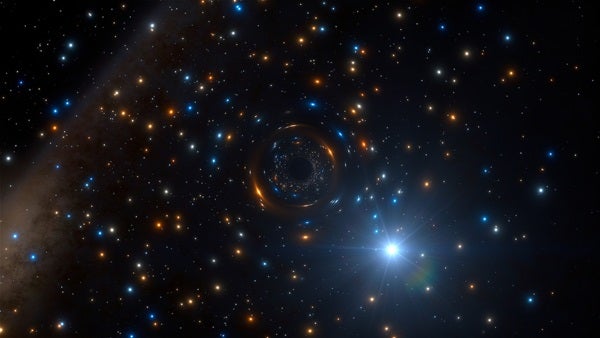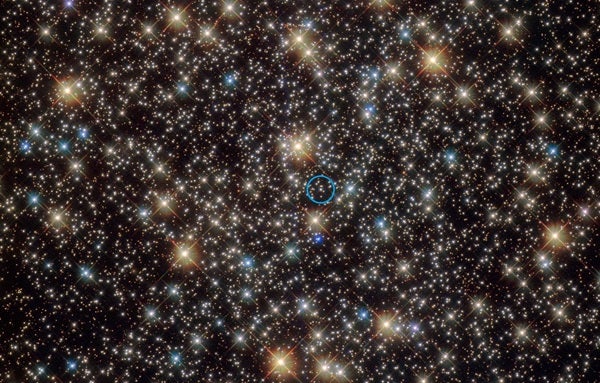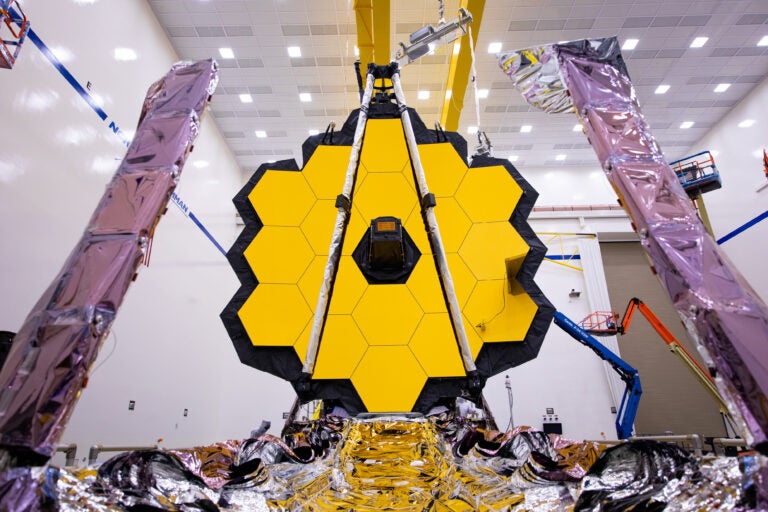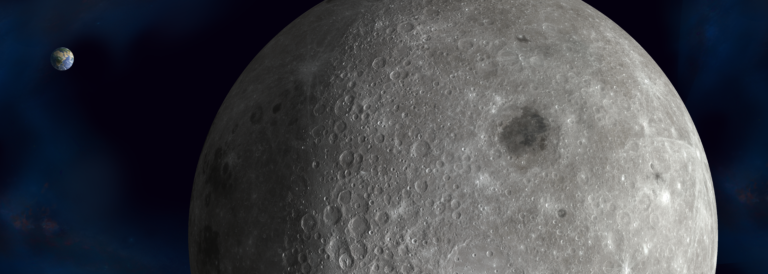In a study published today in Monthly Notices of the Royal Astronomical Society, astronomers announced the discovery of one such black hole in the globular cluster NGC 3201. By noticing the exceptionally bizarre orbital behavior of a specific star in the cluster, the researchers were able to conclude that a black hole is lurking in the core of NGC 3201, located some 16,000 light-years away. The discovery of the black hole – which is not feeding on nearby material, and therefore invisible to direct observations – is the first detection of a stellar-mass black hole made purely by measuring its gravitational influence on other stars.
“[The star] was orbiting something that was completely invisible, which had a mass more than four times the Sun,” said Benjamin Giesers, an astrophysicist at the University of Göttingen and lead author of the study, in a press release. “This could only be a black hole! The first one found in a globular cluster by directly observing its gravitational pull.”
As part of a large survey of globular clusters orbiting the Milky Way, an international team of astronomers used the ESO’s Multi Unit Spectroscopic Explore (MUSE) instrument on the Very Large Telescope in Chile to search for stellar binaries – pairs of stars that orbit each other. In addition to analyzing the light of individual stars, MUSE measures their radial velocities, or relative back-and-forth motions. Among the plethora of radial velocity measurements taken for the globular cluster survey, the researchers found one oddball star.
They noticed that this particular star was being flung back and forth so quickly (over 200,000 miles per hour) that it must be orbiting an invisible black hole at least four times as massive as the Sun. Though the researchers acknowledge the possibility that the fast-moving star is being rag-dolled around within a triple star system containing two exceptionally large and tightly bound neutron stars, “since such a system was not observed to date and the actual mass of the discovered object is probably higher, a black hole scenario is more likely.”
Because globular clusters contain the largest and oldest stars in the universe, they should be prime hangouts for stellar-mass black holes, which are formed when massive stars die and collapse under their own gravity. However, recent theories suggest that, while black holes likely form in globular clusters, they should quickly get ejected through interactions within the nucleus of the cluster.
“Until recently, it was assumed that almost all black holes would disappear from globular clusters after a short time and that systems like this should not even exist! But clearly this is not the case,” said Giesers. “Our discovery is the first direct detection of the gravitational effects of a stellar-mass black hole in a globular cluster. This finding helps in understanding the formation of globular clusters and the evolution of black holes and binary systems – vital in the context of understanding gravitational wave sources.”
This artist concept shows what the dormant black hole and its quickly moving companion star may look like within the heart of globular cluster NGC 3201.
ESO/L. Calçada/spaceengine.org











